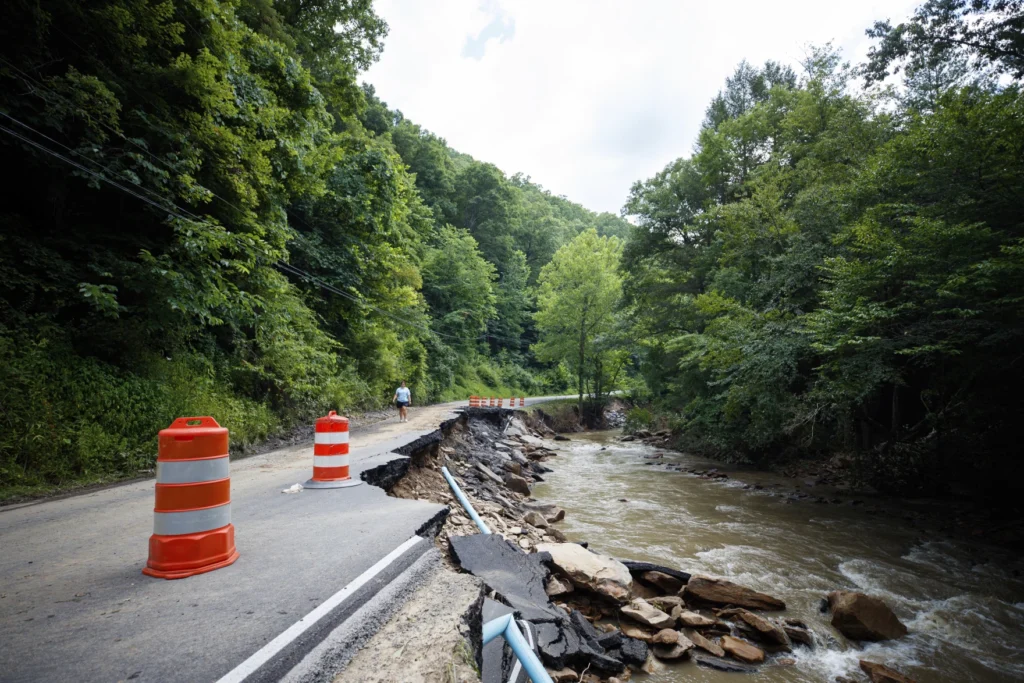
In the face of accelerating climate change, the imperative to reassess our approach to infrastructure development has become increasingly apparent. One key element in this reevaluation is the intersection of road infrastructure, refinement practices, and their impact on the overall environmental realm. This article explores the intricate relationship between roads, their refinement, and the broader implications for climate change mitigation and adaptation.
Roads play a pivotal role in shaping the modern landscape, connecting communities, facilitating trade, and fostering economic development. However, the very systems that fuel progress also contribute significantly to environmental challenges. The construction and maintenance of roads often involve deforestation, habitat destruction, and the release of greenhouse gases, amplifying the existing impacts of climate change.
Road refinement involves optimizing existing road systems for enhanced functionality, safety, and sustainability. This process includes maintenance, rehabilitation, and reconstruction to ensure that roads meet contemporary standards. By refining roads, not only can safety and efficiency be improved, but the environmental impact of road infrastructure can also be mitigated.
One way to reduce the environmental footprint of roads is through the use of sustainable materials. Traditional asphalt, for example, contributes to high carbon emissions during production. Embracing alternatives such as recycled materials, permeable pavements, or innovative composite materials can significantly decrease the ecological toll of road construction and refinement.
Road refinement provides an opportunity to integrate green infrastructure into existing systems. Incorporating elements like green roofs, roadside vegetation, and permeable surfaces can enhance carbon sequestration, improve air quality, and mitigate the urban heat island effect. These green additions not only contribute to climate change resilience but also create aesthetically pleasing and ecologically rich corridors.
Adapting road design to changing climate conditions is crucial for long-term sustainability. Rising sea levels, extreme weather events, and shifting precipitation patterns necessitate a proactive approach in designing roads that can withstand and adapt to these challenges. This may involve elevating roads, incorporating proper drainage systems, and utilizing resilient materials.
As climate change accelerates, communities worldwide are grappling with the need for adaptation strategies. Road systems, being critical components of infrastructure, must evolve to navigate the challenges posed by a changing climate. This adaptation extends beyond the physical aspects of roads to encompass broader planning and policy considerations.
Implementing intelligent transportation systems can optimize traffic flow, reduce congestion, and minimize carbon emissions. Smart traffic management, electric vehicle infrastructure, and data-driven decision-making contribute to a more efficient and climate-friendly transportation network.
Encouraging multi-modal transportation options, such as public transit, cycling lanes, and pedestrian-friendly pathways, can decrease reliance on individual car travel. This shift not only reduces carbon emissions but also promotes healthier and more sustainable modes of transportation.
An inclusive approach to road refinement involves community engagement and participation. Local communities possess invaluable knowledge about their environment and can contribute insights that shape environmentally conscious road development and refinement projects.
The intersection of road refinement, the environmental realm, and climate change represents both a challenge and an opportunity. By adopting sustainable practices, integrating green infrastructure, and designing roads with climate resilience in mind, we can transform road systems from contributors to climate change to crucial components of a more sustainable future. The road to climate resilience is, quite literally, a path we pave with every decision made in the realm of road refinement. [Continue reading]
Leave a comment
You must be logged in to post a comment.